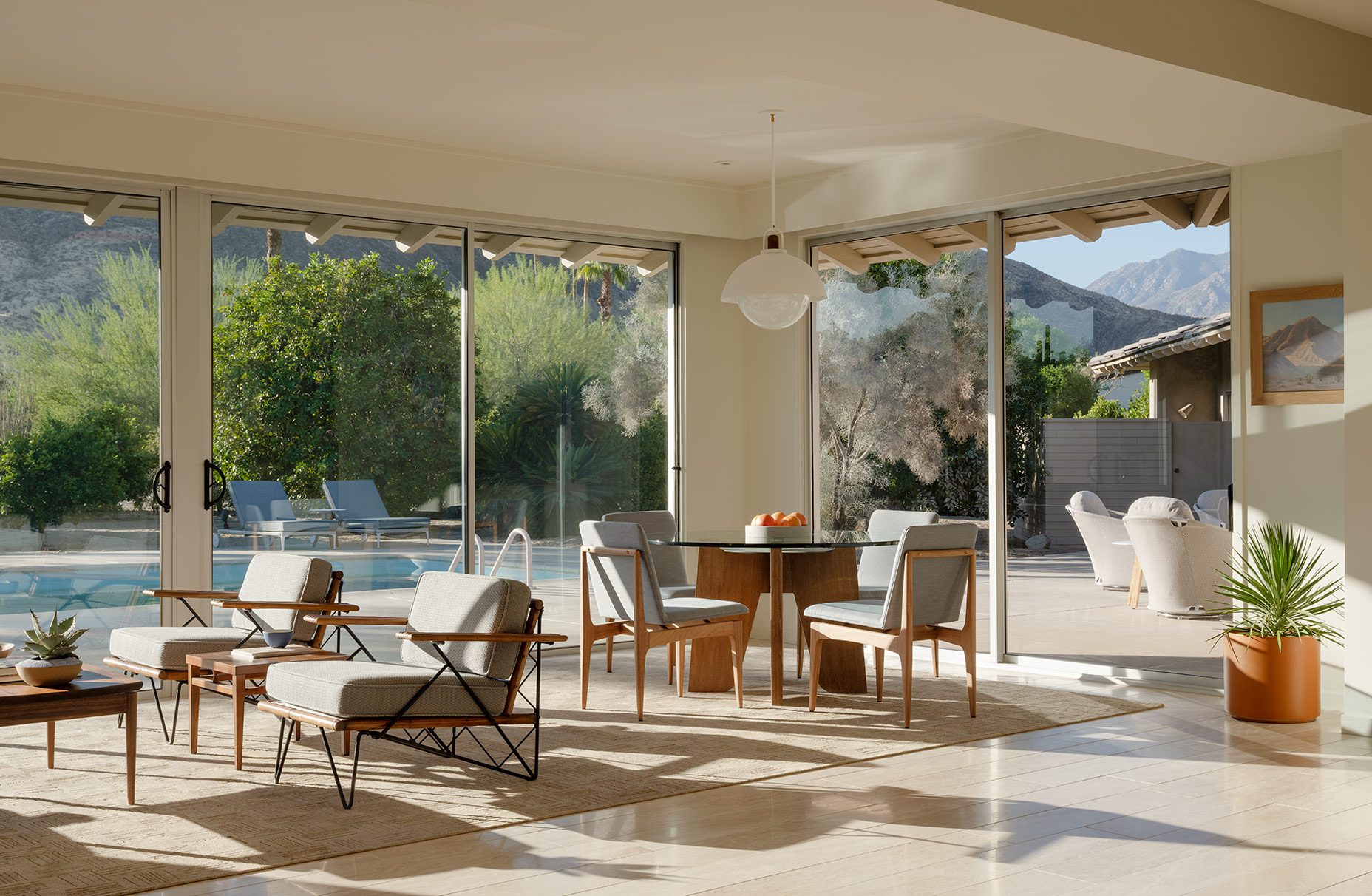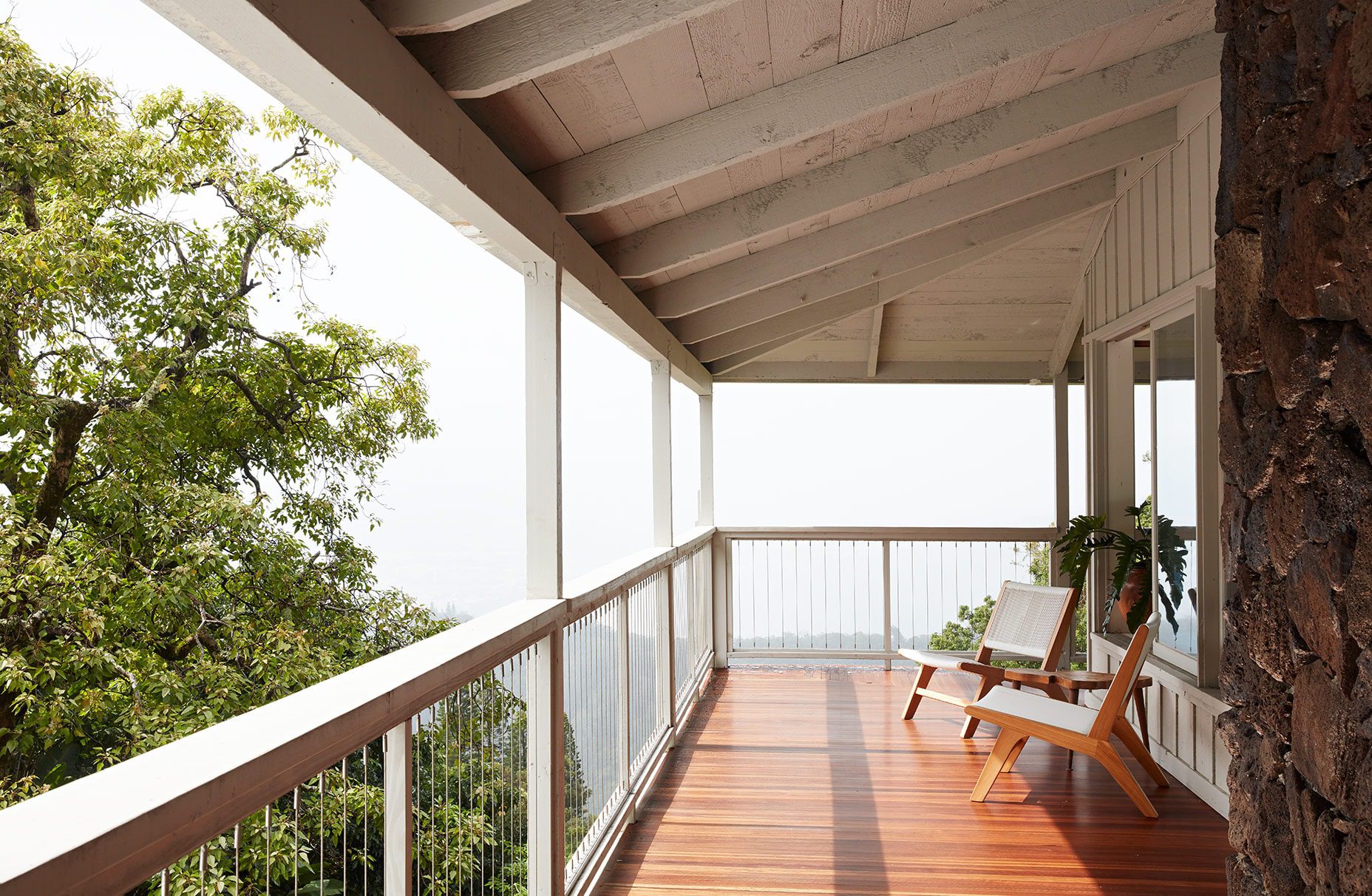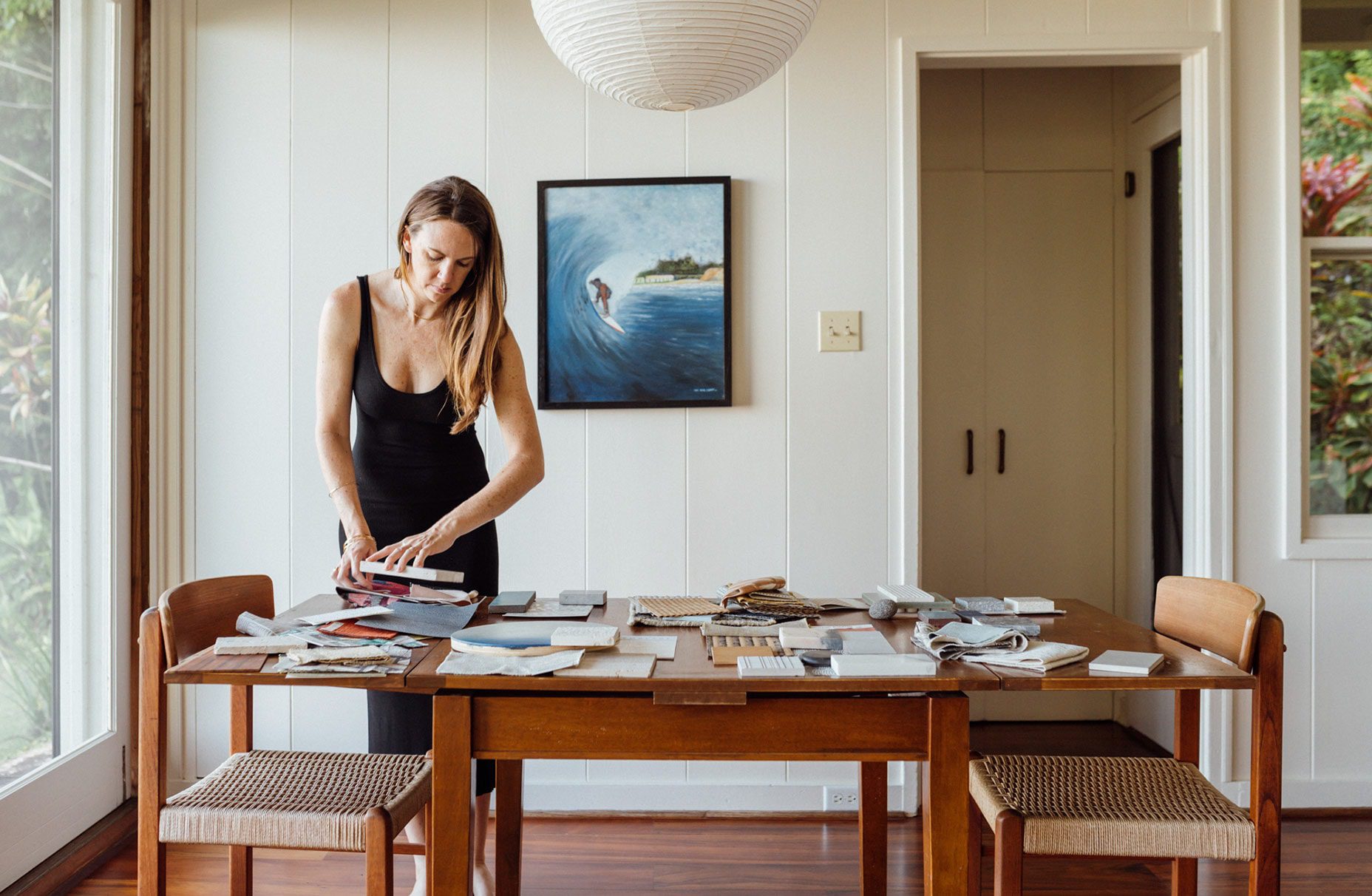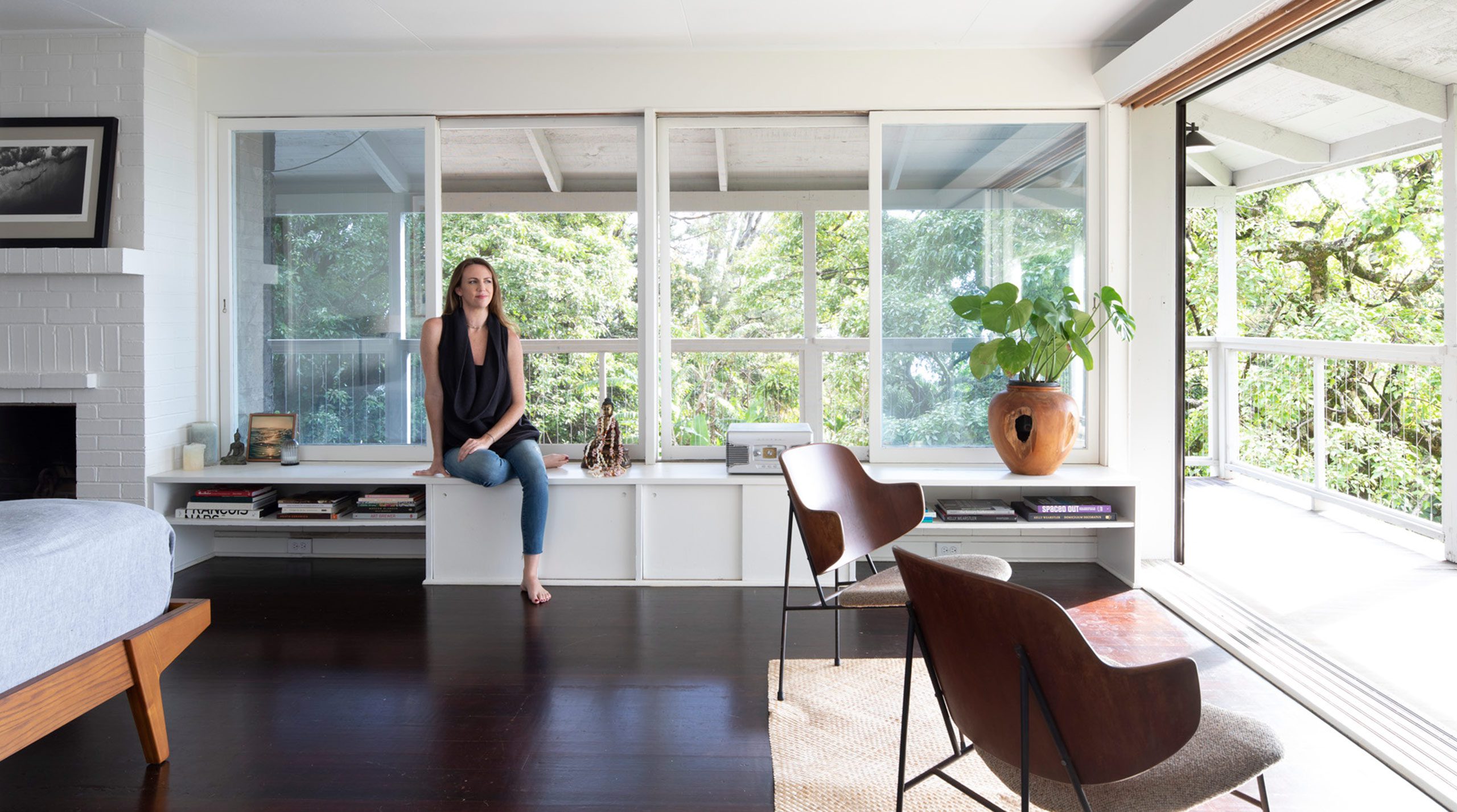Ginger believes that the quality of the environments people spend time in are essential to their physical and mental well-being. With projects of any size, she shows that both creativity as well as strong management and organizational skills are essential to making design projects successful. We sat down with Ginger to discuss the founding of her Honolulu based design firm, how living in Hawaii influences her design decisions, and how collaboration with her clients leads to lasting relationships.
Can you tell us how Tantalus Studio was conceived?
Tantalus Studio was created in early 2018 as a small boutique residential studio, specializing in custom, high end residential design. I worked for a larger firm in Honolulu for about 9 years, involved in the same types of projects. Through my experiences I honed in on my personal design style as well as developing my perspective on best methods for communication and organization, which are such important cornerstones of successful projects and to have a thriving business. The design can start off beautifully in concept, but without the follow through to execute and develop it with the client in a thoughtful and efficient way, the project won’t be a success. With a small, highly experienced studio I strive to create beautiful designs while always keeping the client feeling heard and their money well spent.
All art forms, from photography to architecture and fashion, are strongly interconnected and provide endless inspiration for interior design
How does the Hawaiian culture influence your design choices?
I think that culture of a place is always a cornerstone of a project, no matter if it is in Hawaii or elsewhere. However Hawaii does have an especially eclectic blend of cultures that gives a lot of avenues for different aesthetics, depending on the architecture, or the client. I am passionate about travel and international design, but Hawaii is and always will be home. My goal is always to be creating designs that reflect the local culture and natural beauty, while also being inspired by what the design world is doing globally.
How important is collaboration to you and your process with clients?
I feel that collaboration and communication is really everything when it comes to successful design. My goal as a designer is to create a beautiful and livable space for my clients, and I always try my best to keep ego out of the equation. This is the client’s space, being developed by the client, myself, as well as other important team members such as architects, contractors, etc. I always try to be receptive and flexible when it comes to getting feedback from clients and other members of the team, while holding my ground on things that I feel strongly about as far as function or aesthetic, based on my past experiences. And always, trying to make the experience enjoyable, fun, and inspiring! You form long lasting relationships with these people through projects, and it’s always important to remember to laugh, and be kind.
How does environmental sustainability factor into your projects?
Hawaii is challenging in that we are an island and the majority of our items are shipped from elsewhere which doesn’t create a great baseline for sustainability. However, I try to utilize local artisans and woodworkers on most of my projects to help support the local economy, cut down on shipping, and use local materials.
How has the global pandemic impacted your business—any silver linings?
I think that this pandemic has strengthened the value of home – home as comfort, security, family, refuge. Our studio is busier than ever with residential design, as people spend more time at home and with new perspectives on how they use their spaces.
What would you consider to be the most substantial change in the field of design since you opened your firm?
My firm is relatively new so I haven’t seen vast changes except the drastic increase in work in the last 6-9 months due to the pandemic and related interest in home design.
How do you see the world of design changing for the better in the future?
I think that the design community is always feeling the pulse of the world and its growth and changes for better or for worse. We have to stay fluid and receptive to new ideas, and I hope that more and more there are changes towards sustainability in all facets of the design market – from the textiles we use, to the amount of disposable packing materials and plastics we transport our goods in. There are so many ways the design market can spearhead new and more efficient ideas and hopefully be great examples for other fields.










